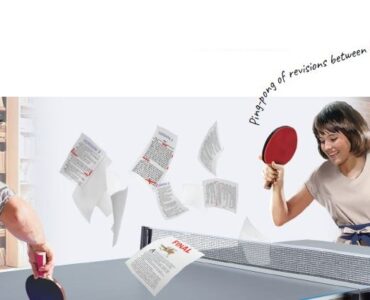Web designers and web translators are typically not thought of as fulfilling similar roles. After all, English has become something of a business and internet Lingua Franca, meaning web design tends to revolve around English. From programming languages that use English as a semantic base to web crawlers built for English content, web designers make use of limited tools. They need translators to help them make the most of a global internet.
But the fields of web design and translation might seem far removed to you. To understand the opportunities and similarities inherent in both, you need to understand what these professionals do, how their work overlaps, and why they need each other.
What They Do
First, we’ll discuss what it is that web designers and translators do. The duties of the jobs are important when it comes to how these roles interact and supplement one another, forming an environment in which international online content can truly thrive. From the design process to the marketing push, digital platforms require flexibility, adaptability, and a thorough understanding of your audience.
The roles of a web designer and a translator might not be similar on the surface, but the nature of the work might reveal more in common.
Web Designers
Web design is all about making a website look and work the way it should to please and engage an audience. Though web design can overlap somewhat with other roles in the web development process, the whole focus of this role is on the user-facing aspects of the platform. Web designers use prototyping and graphic design tools to craft landing pages, branded images, and conversion rate optimization (CRO) across a site.
A web designer has to take plans, concepts, and abstract ideas and transform them into a navigable website. In the course of this work, these designers apply communication, emotional intelligence, and web programming skills as they pair the needs of a business to the needs of a broad user base.
Translators
In a not too dissimilar fashion, translators use their multilingual expertise to transform ideas into carefully crafted communication that both captures the intent and tone of the original speaker. At the same time, a good translation bridges gaps where semantics fail to directly cross over.
Translators work either with individuals in real-time conversations or as document translators. They are responsible for picking up on cultural meanings while fluently navigating two or more languages. The whole process requires delicate care and emotional intelligence as translators balance the intricacies of communication and meaning.
These two roles, however disparate, share key traits, duties, and required skills. But that isn’t all they have in common.
What They Have in Common
Increasingly, web designers and translators both work in a global environment. The great virtual shift caused by the coronavirus pandemic opened up even more virtual opportunities across geographical boundaries. In this space, designers and translators have more in common than ever before.
For example, programming languages used in web design function much like human languages. Symbols and notions represent ideas in abstract both in code and in verbal language. Designers have to learn a second language like Python or Java, become fluent enough to apply it, then make sure it functions in context if they hope to successfully communicate on the web.
Web design takes language and translates it to web functionality. Translators take one human language and translate it into another. Both jobs require emotional intelligence and effective communication skills if any success is to be had. In addition, both roles need to have an eye for detail, understanding where variations in culture might create problems in the process.
With the similarities of the jobs laid out, we begin to see how these two instrumental roles can play to each other’s strengths, creating opportunities to streamline digital content.
Why They Need Each Other
To put it simply, web designers and translators need each other. We live in a global, interculturally connected world. As we attempt to network with one another over the digital marketplace, communication is foundational to success. Good web design paired with professional translation will allow you to streamline how you communicate with a virtual audience in multiple languages.
For translators, finding and marketing to opportunities in web design and can allow you to expand your business while demonstrating value. For web designers, consulting with professional translators can be just what you need to scale your platforms successfully.
The following are just a few more reasons why web designers and translators need each other:
- Professionally translated content helps you avoid a downgrade from search engine crawlers that might think multilingual content is duplicate content.
- Web designers support a better Search Engine Optimization (SEO) strategy for online translation services, so you don’t fall prey to link bait or other ineffective SEO practices.
- Translator expertise can keep designers from making culturally inappropriate color and imagery choices on web content.
There are plenty of other situations that require the collaboration of a web designer and a translator. These roles in conjunction can produce exceptional results in terms of SEO and intercultural business, allowing you to scale and gain visibility as desired.
In your own translation work, explore the opportunities surrounding web design. A lucrative future may lie in store with the connections present in the design space. Meanwhile, you can help produce content for a global audience, bridging communities in a common experience.
Though the nature of web design and translation work may vary, these shared commonalities and needs tie these industries together. Make the most of this connection.





